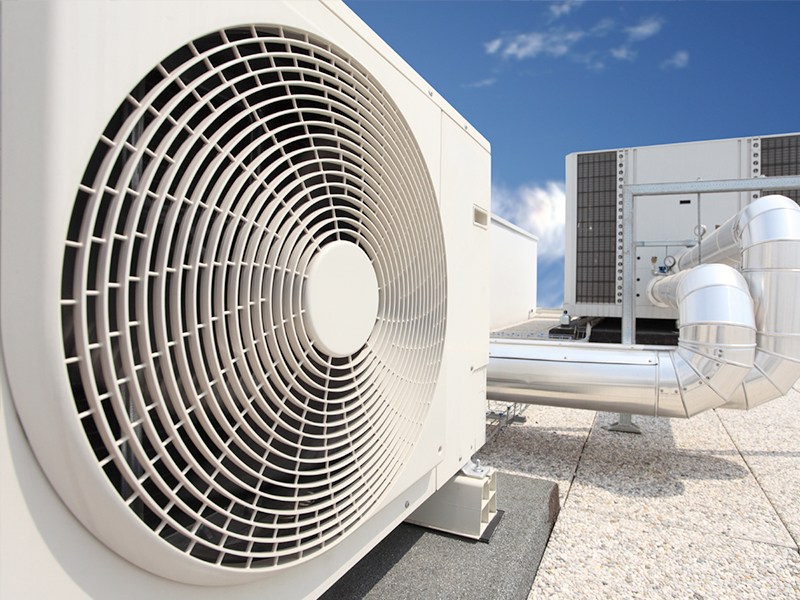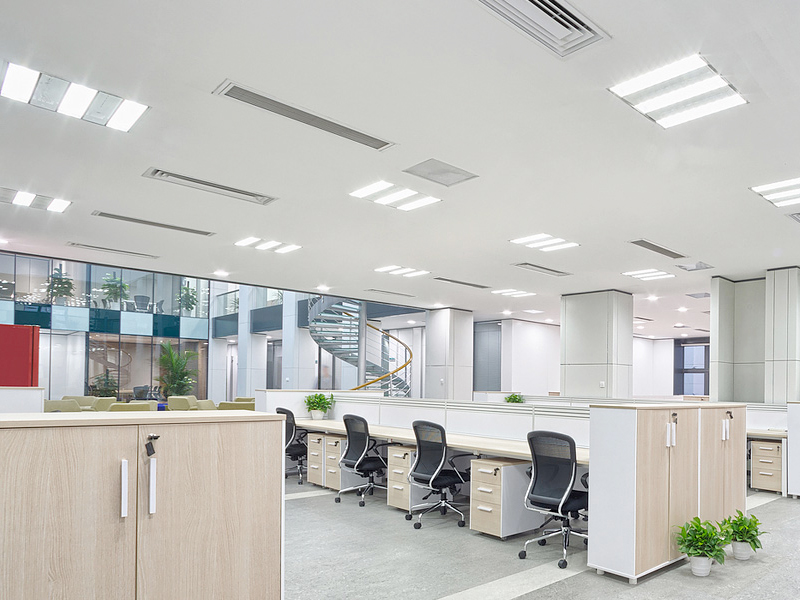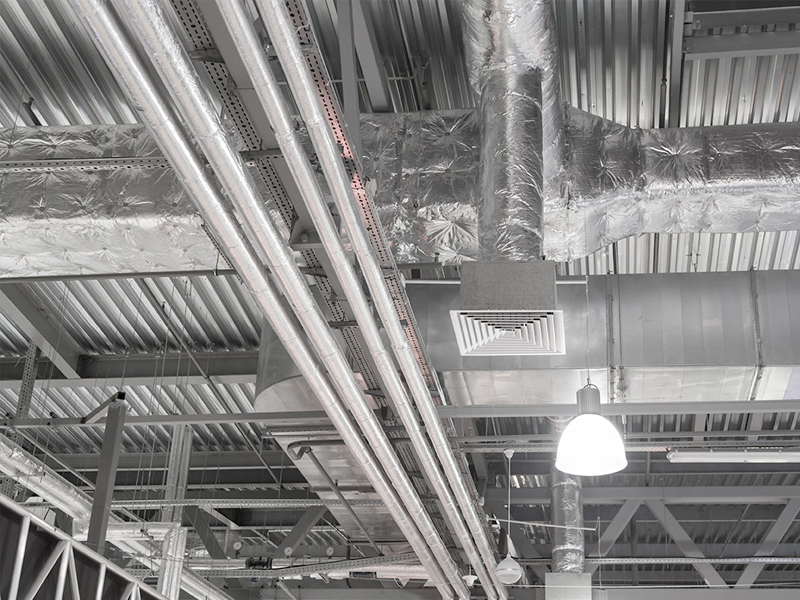Refrigerant Leak Detection
Aquilar supplies leak detection systems for refrigerants, toxic and combustible gases with its range of gas sensors, detectors and alarm control panels. Applications include data centres, machinery rooms, hotel rooms, apartments and occupied spaces.
The cost of the problem
The leakage of refrigerant gas is an often overlooked issue with many owners unaware of the implications and the 'true cost' of the problem.
A minor leak could mean major repercussions for companies who fail to act. It is estimated that many refrigeration systems lose up to 20% of their charge per annum through leaks. That explains why up to 70% of refrigerant sold is to 'top up' existing systems. Careful design and regular maintenance of the refrigeration system will reduce losses; however the dynamic nature of a system means that losses will, and do occur.
What is driving refrigerant gas detection in businesses?
• Health & Safety
• Environmental concerns
• Financial Cost
Health & safety
The Health and Safety Executive specify maximum exposure levels for commonly used refrigerants that include CFC's, HCFC's, HFC's and ammonia (NH3). When exposed to prolonged levels of some gases, personnel can be influenced by its anaesthetic effects and high exposures can lead to an abnormal heart rhythm. Ammonia is potentially explosive when mixed with air.
Environmental
The emission of refrigerant gases, in particular CFC's and HCFC's, is subject to tough Government and European legislation. Under the Environmental Protection Act 1990, it is an offence to deliberately discharge environmentally damaging refrigerant into the atmosphere. Falling foul of such legislation can result in closure of the offending plant, with the plant owner being held responsible.
Financial
Refrigerants are becoming increasingly expensive. Production of many traditional refrigerants such as R22 is restricted whilst the new replacement gases are costly to develop and manufacture. A Department of the Environment, Transport and the Regions document estimates that as much as £40m per annum could be saved on energy costs by reducing leakage levels.
Air-conditioning plays an essential role in many commercial premises, improving the comfort of staff and safeguarding critical processes e.g. computer systems. But with refrigerant leaks frequently occurring in the life of air-conditioning units, detection systems are needed to optimise preventative maintenance, as well as addressing potential Health & Safety concerns, while complying with standards and regulations.
The standards that apply are:
• BS 4434: Safety & environmental aspects in the design, construction and installation of refrigerant appliances and systems.
• EN378: Refrigerating systems & Heat pumps - safety & environmental requirements
• EH 40/97: Occupational exposure limits
In many industrial applications, safety is ensured around the clock by a fixed gas detection system. Hazards can have several origins: the release of toxic gases, the presence of combustible gases and vapours, as well as oxygen deficiency or enrichment. When detected at an early stage, countermeasures can be initiated to protect personnel, workplaces and equipment.
Other gases
Other gases that need to be detected in this way include: ammonia (NH3), refrigerant, carbon monoxide, carbon dioxide, hydrogen sulphide, methane, propane, butane and nitrous oxide.

Typical AquiTron product applications






